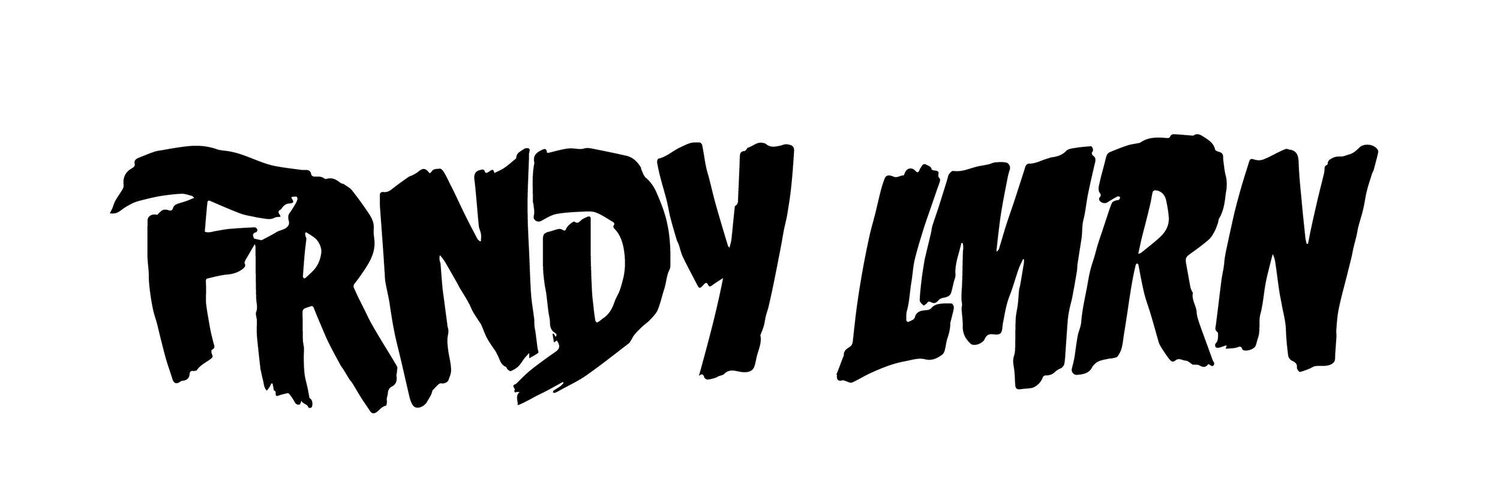Keeping Up With Demand: Diversity On Screen
The last five years has seen a surge of new content that have been distinctly constructed to try to reharmonize the evident under-representation of marginalized groups on mainstream TV.
Issa Rae’s HBO series Insecure and multi-talented British actress Michaela Coel’s Chewing Gum have put narratives of black culture to screens worldwide.
Streaming platforms such as Netflix have provided real authenticity to audiences with shows like Atypical; a coming of age comedy that follows autistic lead character, “Sam,” fumble his way, just like any awkward adolescent, through his teenage years.
Shonda Rhimes consistently writes for and casts not only strong female leads, but also people of colour with shows such as Grey’s Anatomy, Scandal and How To Get Away With Murder — and people are here for it. Rhimes’ shows average 8.6 million viewers each week and she herself has received two Golden Globes, eight Emmys, 29 NAACP Image Awards, and a Peabody.
But how could we talk about diversity on screen without mentioning last year’s box office storm, Black Panther. An absolutely monumental moment in cinematic history that brought unapologetic blackness to the screens of the masses, with purpose. The narrative was strong, the characters rich in resources and technology showing a side to the black experience that is not usually synonymous with box office hits — and not a whiff of black suffering in sight.
What is great to see about these shows and movies is that they do not stick to the age old, worn out narratives of white saviours in the black community or those with disabilities being presented as weak or sorry. These shows are displaying its characters normality. These characters and their everyday, through their eyes.
These shows do not leverage the differences of its characters to justify their presence on screen — and that is what is boils down to.
Studios need to understand that marginalized groups don’t need to be legitimized to be on screen, because, at present, the only reason the on screen narratives are beginning to change is because of the people telling the stories.
Film and television has the power to shape culture in a way that many other mediums can’t. It is our window to the world outside of our existence, and fictional or not, we build our opinions based on what and who we see represented on our screens, and the narratives that surround them.
People have a drive and need to see themselves represented, it makes them feel safe, accepted and not alone. Today, with the change in narrative towards underrepresented groups in the media, people are not afraid to ask for what they want to see on screen. They are not afraid to boycott the content in which doesn’t show a version of their truth.
On the flip-side to this, decades of poor representation has impacted how people view themselves and how they feel they are viewed by society — which has had serious consequences. It has caused people to question their own capability. Without seeing stories of those who look like them being successful and in positions of power, people are unable to dream big.
Ambitions are capped by the belief that because of something fundamental to their identity, they will not succeed in life.
Now, it is all well and good that people from these groups are starting to dictate their stories. However, the reality of the situation is those who dominate the film and television industries are not these people. The current media giants need to take responsibility for how they characterize certain groups and commit to providing a platform for a different type of person to share their stories with the world.
Without this, these groups will continue to tell their own stories and carve their own path. There is real cultural value in authentic story telling. People are no longer looking for the glossy images that we are used to seeing. This will have a knock on effect, and in time those that dominate the market will be knocking at the door of these groups to satisfy the demand for authentic representation.
This has already started to happen, and we are now on the cusp of a real shift in the market. A great example is Netflix’s recent acquisition of a multi-year deal with Shondaland, the television company that Shonda Rhimes set up in 2005 to produce the stories that she wanted to tell.
East London based action thriller The Intent was self funded and independently released by black writers and directors Femi Oyeniran, Nicholas Walker. And when the time came for The Intent 2, Island Records and Vertigo Releasing came for a slice of the pie.
As for disability being portrayed, studios are coming under fire for ‘cripping up’ by casting able bodied actors in disabled roles. This is forcing the industry to finally turn to disabled actors to take up these roles. A recent hit was John Krasinski’s A Quiet Place, which featured a deaf actress named Millicent Simmonds.
So the question is, what side of the narrative do these studios and producers want to be on, holding the door open for diverse casts or left knocking on the doors of those creating their own paths to success?
Written by Tsedenia Skitch





